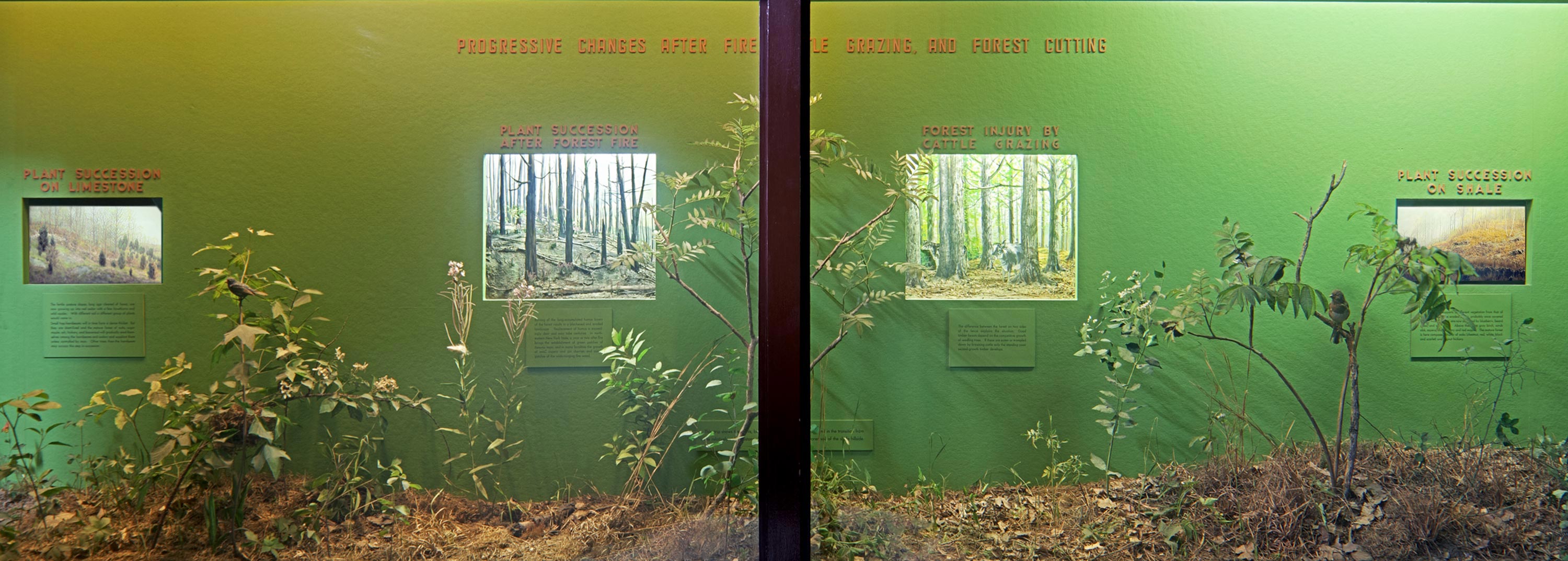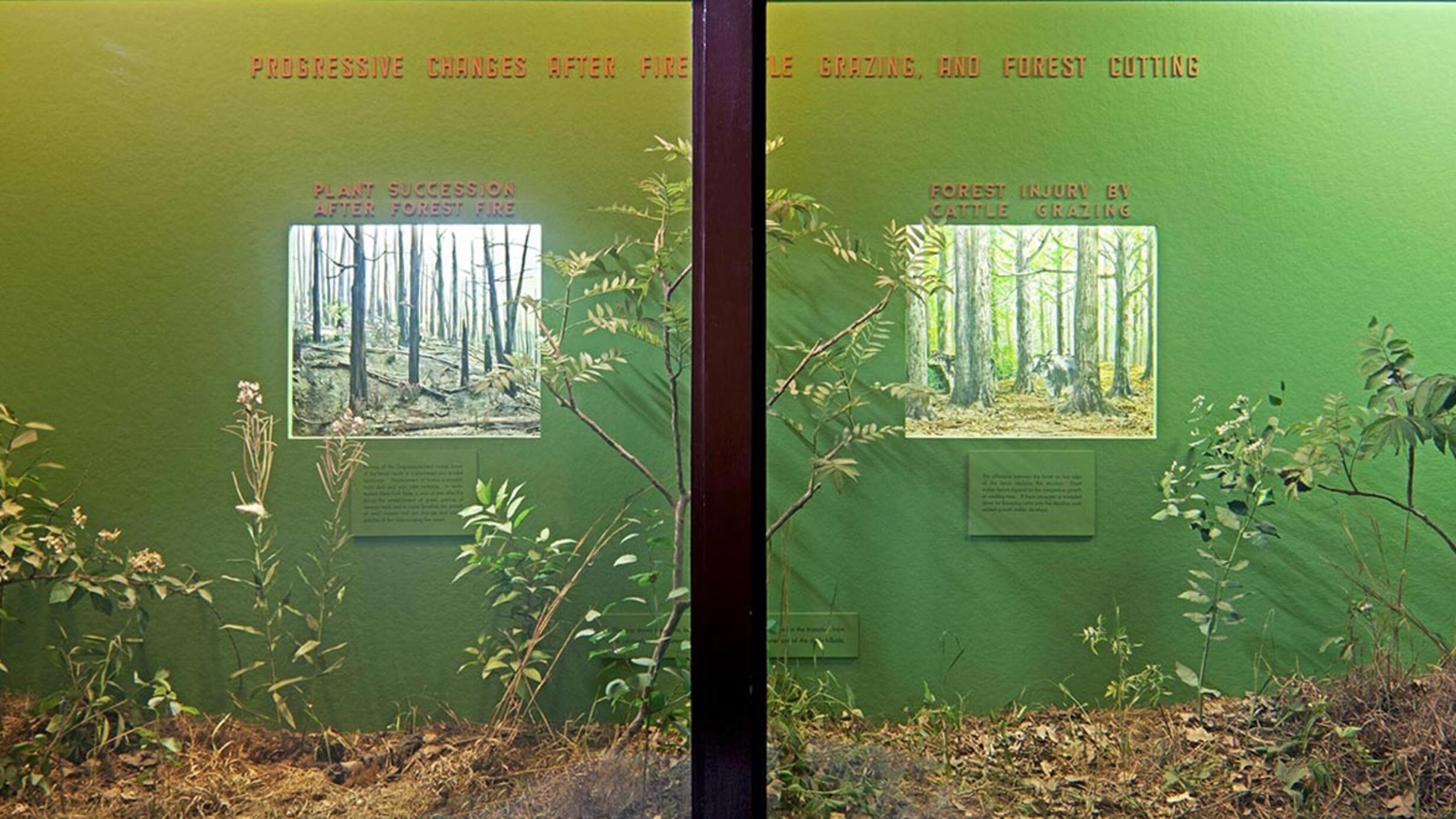Plant Succession on Limestone
The fertile pasture slopes, long ago cleared of forest, are now growing up into red cedar with a few hawthorns and wild apples. With different soil a different group of plants would come in.
Small hop-hornbeams will in time form a dense thicket. But they are short-lived and the mature forest of oaks, sugar maple, ash, hickory, and basswood will gradually seed themselves among the hornbeams and cedars and supplant them unless controlled by man. Other trees than the hornbeam may occupy this step in succession.
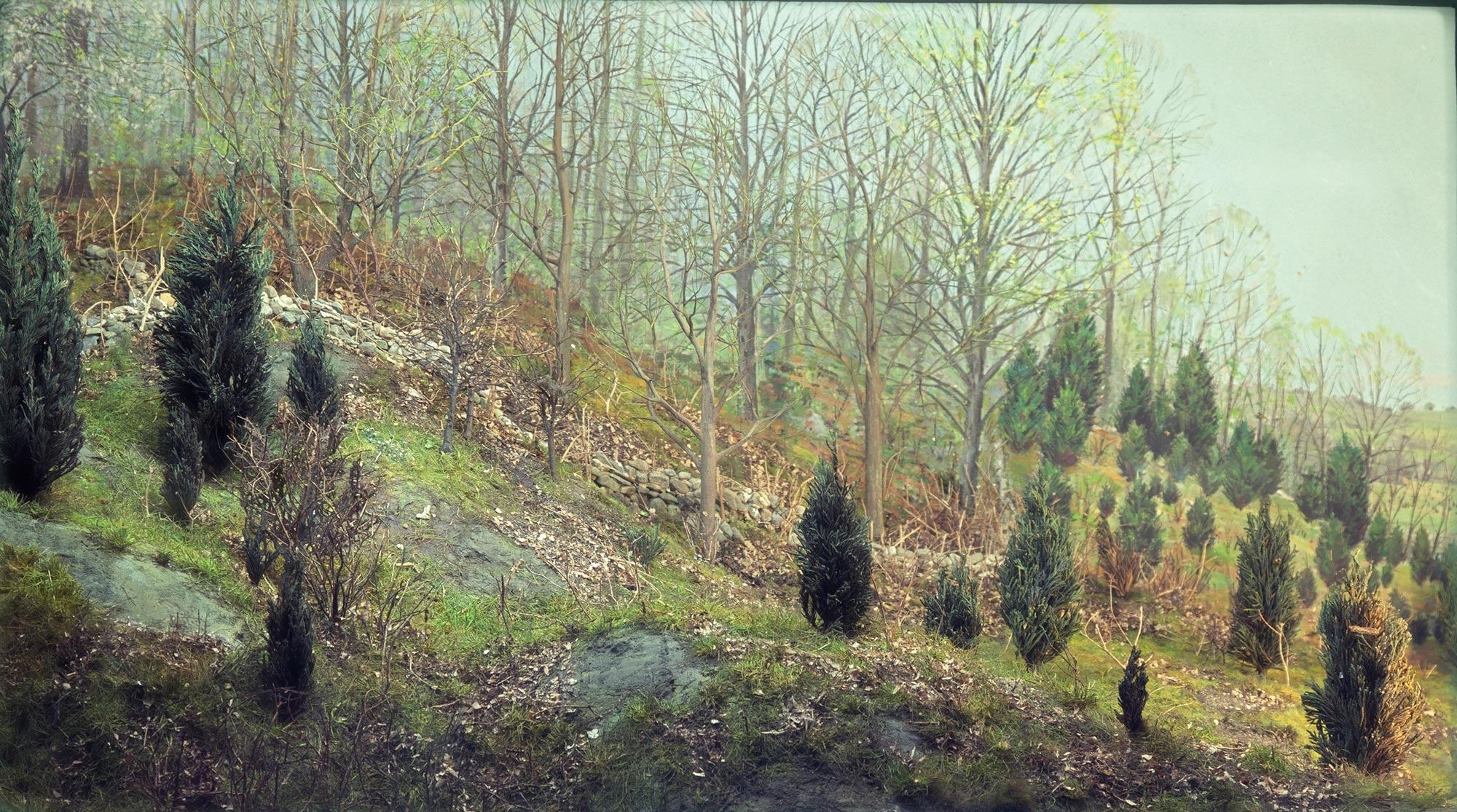
Plant Succession After Forest Fire
Burning of the long-accumulated humus layers of the forest results in a blackened and eroded landscape. Replacement of humus is exceedingly slow and may take centuries. In northeastern New York State, a year or two after fire brings the establishment of green patches of Funaria moss, and in many localities the growth of small aspens and pin cherries and of purple patches of the wide-ranging fire weed.
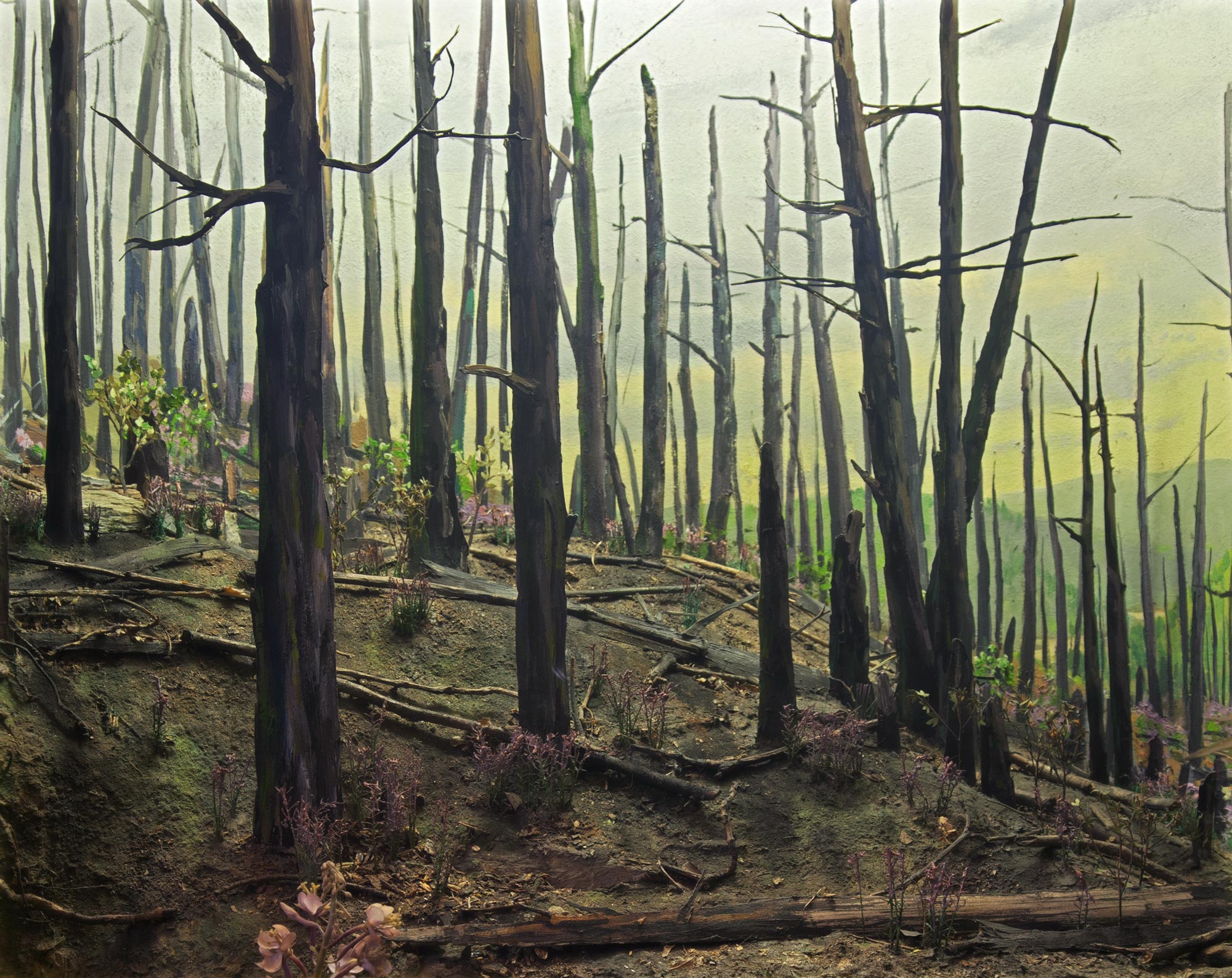
Forest Injury by Grazing Cattle
The difference between the forest on two sides of the fence explains the situation. Good timber forests depend on the competitive growth of seedling trees. If these are eaten or trampled down by browsing cattle only the standing poor second-growth timber develops.
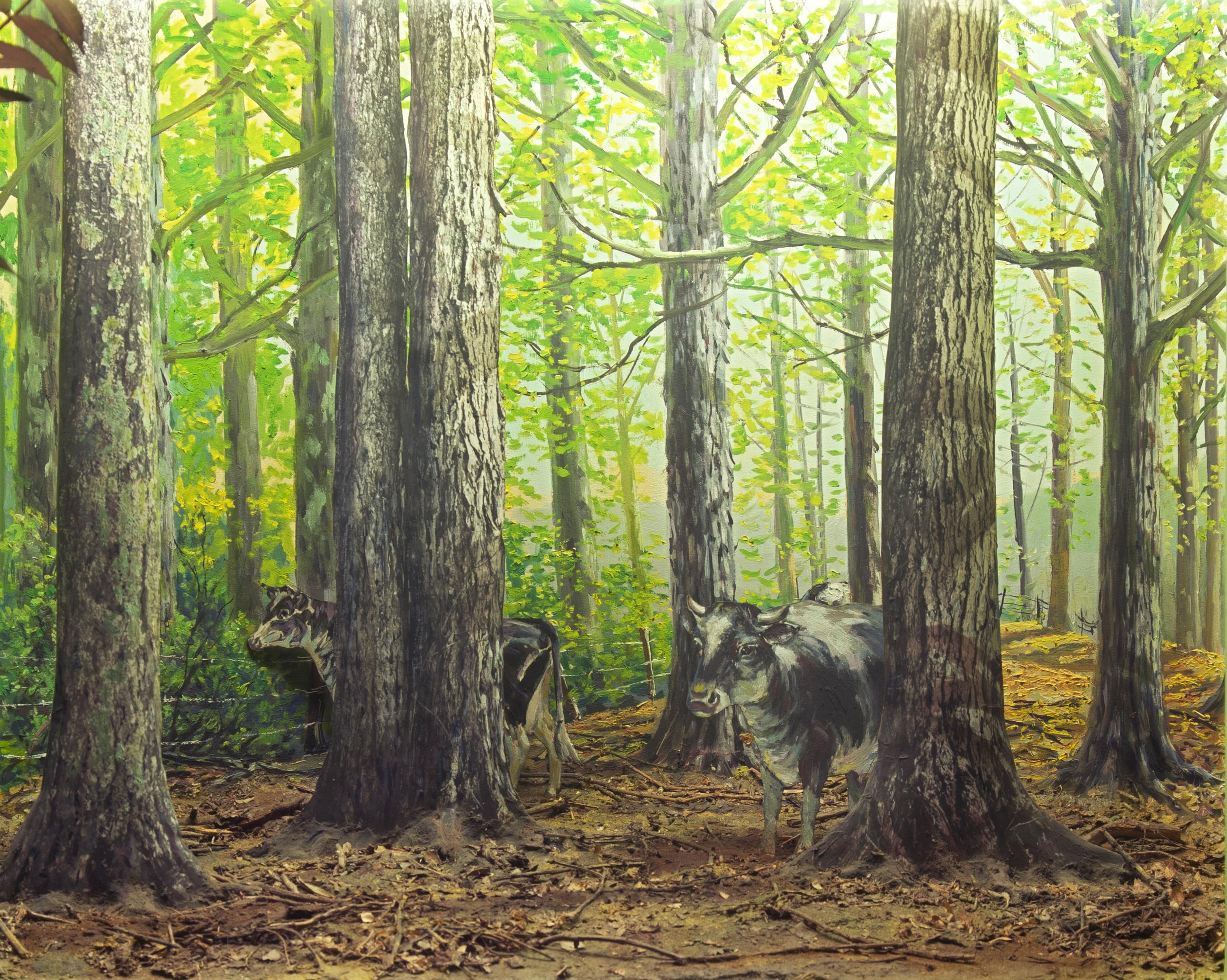
Plant Succession on Shale
This sterile soil supports a different vegetation from that of the limestone. The eroded slopes, probably once covered by oak-hickory forest, are now occupied by blueberry, beard grass, and sweet fern. Above these are gray birch, scrub oak, aspens, black cherry, and red maple. The mature forest is here composed chiefly of oaks, (chestnut, red, white, black, and scarlet) and pignut hickory.
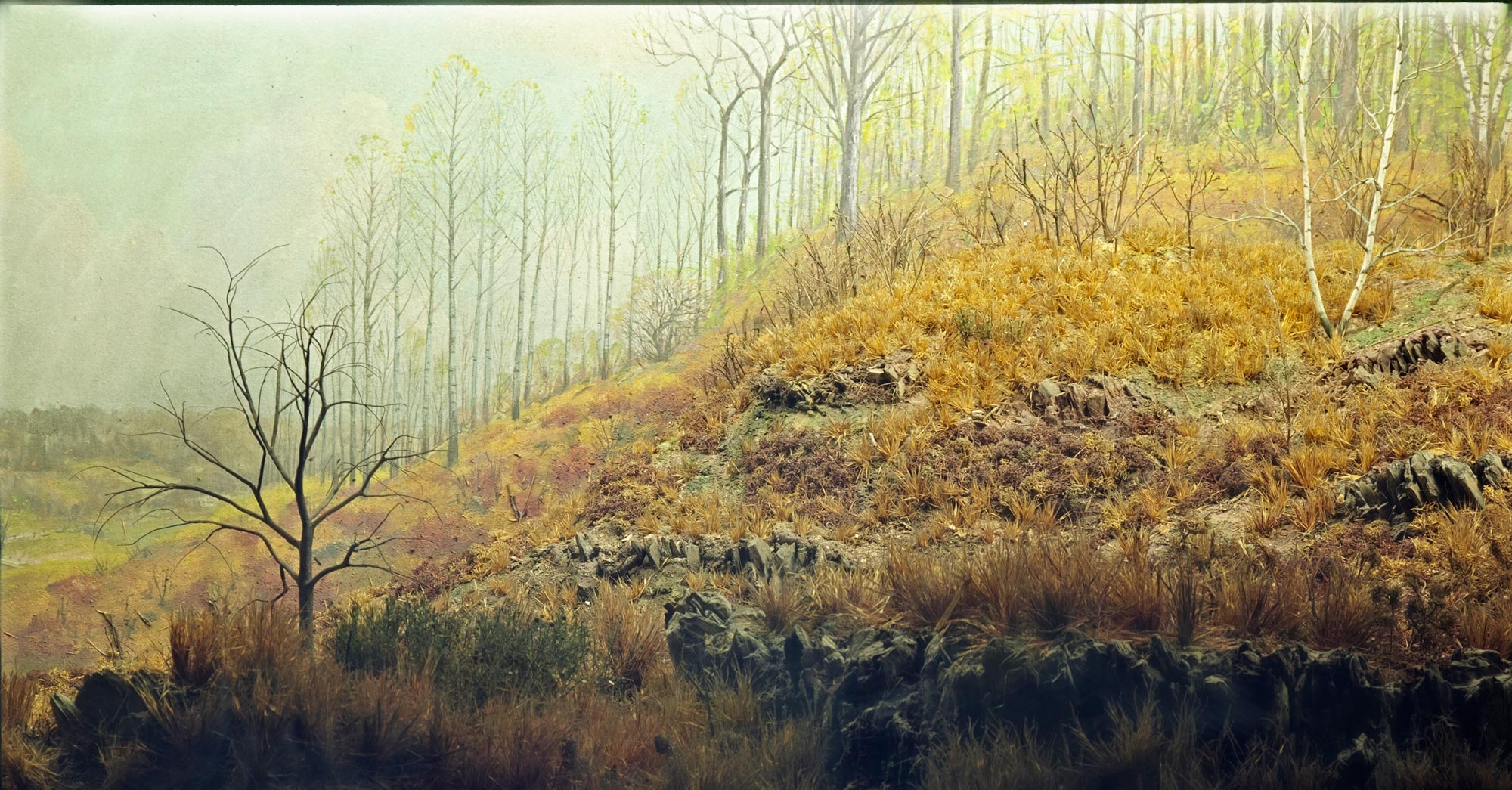
The Changing Forest
Part of Hall of New York State Environment.
